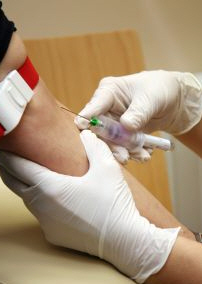 Women are delaying childbearing until their later years as they establish their careers in the workplace. This has led to more woman attempting to have their first born on or near their 35th birthday. Unfortunately fertility after 35 is challenging – though not impossible.
Women are delaying childbearing until their later years as they establish their careers in the workplace. This has led to more woman attempting to have their first born on or near their 35th birthday. Unfortunately fertility after 35 is challenging – though not impossible.
The challenges of fertility after 35 occur at both pre and post conception. In a woman over 35 years, ovulation is an issue as are the quality of the eggs. The lining of the uterus isn’t always able to support a pregnancy and allow implantation of a fertilized egg. The risks of fertility after 35 extend to post conception when there is a higher risk of miscarriage due to chromosomal issues and a higher risk of diabetes and hypertension during the pregnancy.
The difficulties with fertility after 35 don’t actually begin at the magic age of 35 , but rather are on a gradual decline from the age of 32. Once a woman becomes 40 fertility decreases even more significantly.
One method doctors have of measuring your fertility is to measure the level of FSH, which will indicate the quality of the eggs. Levels under ten represent good egg quality. Women also have another indicator in the regularity of their cycles and fertility chart. The more regular the cycles are and the more regular the fertility chart is, the more likely the eggs are of good quality.
Fertility after age 35 can be somewhat affected by making positive health changes, which include losing weight, stopping smoking, decreasing caffeine intake and not drinking any alcohol and getting regular exercise. These changes will help to make your body more receptive to a pregnancy as well as help to ensure a healthy baby.

Recent Comments